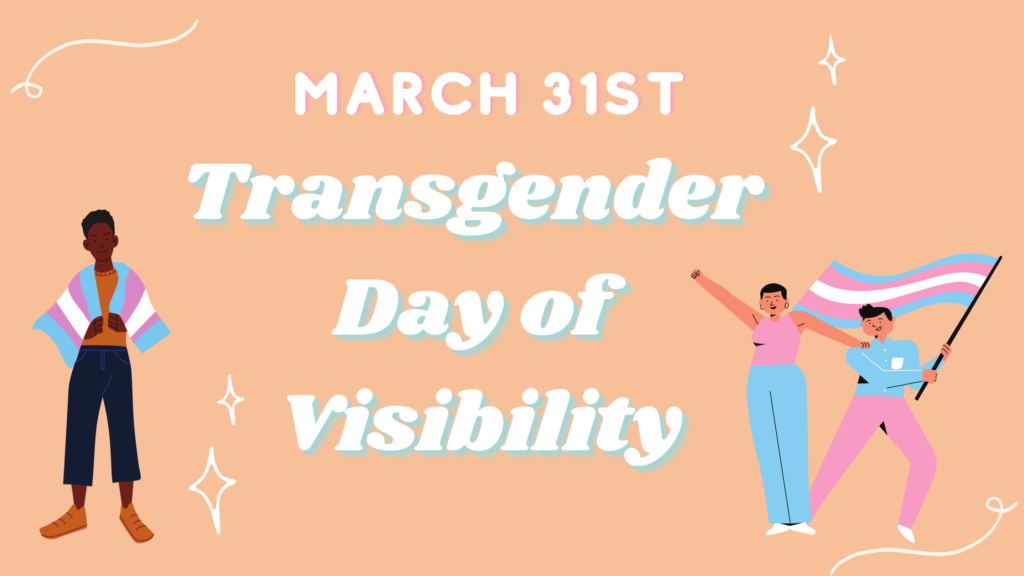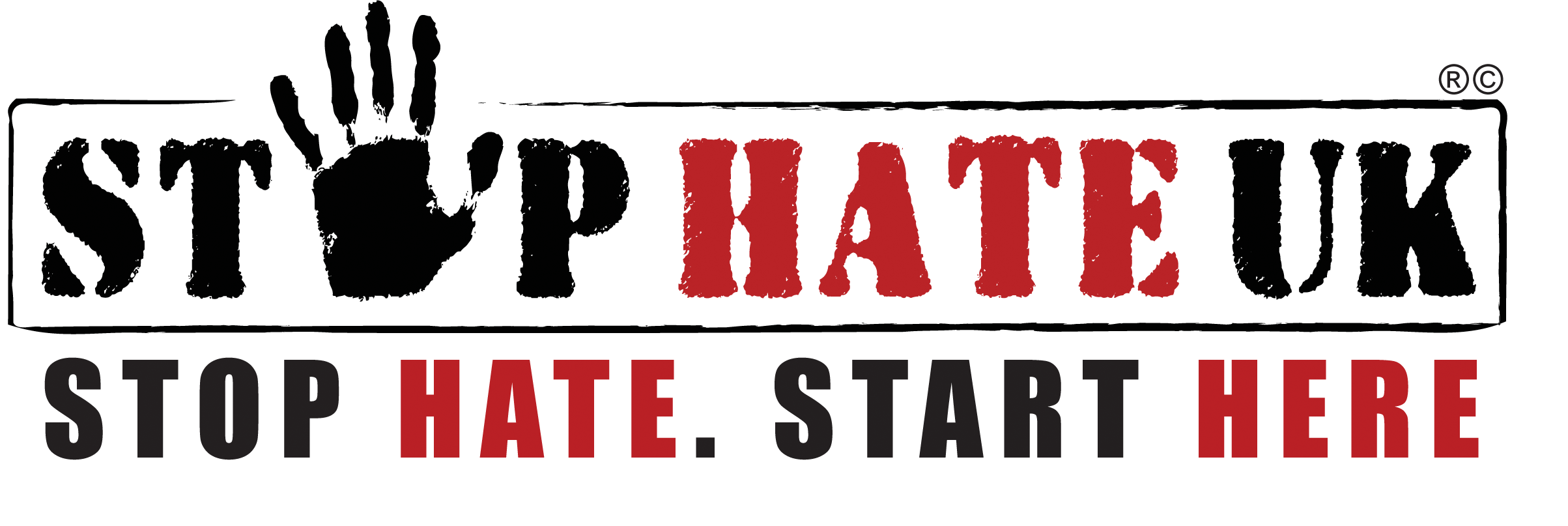News
Transgender Day of Visibility
Posted on
What is Transgender Day of Visibility?
Before Transgender Day of Visibility ever existed, there was only one day in the entire calendar dedicated to the transgender community, which is the Transgender Day of Remembrance, a day to remember all the transgender people who lost their lives to violence and suicide. In 2009, American Transgender activist Rachel Crandall wanted to change that by introducing the Transgender Day of Visibility on March 31st, a day to remember all the successes, contributions, and resilience of the transgender community, as well as highlight the oppression and violence still faced by the community.
A Double-Edged Sword
Transgender Day of Visibility not only brings attention to the achievements of transgender people in entertainment, politics, sports, art and more, but also highlights the barriers faced by transgender people in employment, healthcare, and society in general. But while the successes and issues of the transgender community are coming to light in public attention, so are criticisms, hate and violence against the transgender community.
Rachel Crandall, the trans activist who started the Transgender Day of Visibility said, “I’m happy I created [TDOV]; however, if I knew what I knew now, I’m not positive I would”. She echoed Aaron Phoenix, a transgender poet and activist, who called Transgender Day of Visibility a “double-edged sword”. With visibility comes a newly gained privilege to live openly but also a huge amount of risk, as Phoenix said, “It has made trans men and women and non-binary presenting individuals more recognizable to those using us as a talking point, or a punchline — or a target.”
Many transgender people choose not to participate in Transgender Visibility Day because they don’t feel comfortable being even more visible when they already face daily discrimination and hate.
How Can We Change This?
Carolyn Mercer from Stonewall Trans Advisory Group is calling on allies to be more visible.
It is on cis-gender people to take the responsibility to create a society where transgender people can be visible and safe. Cis-gender people need to be more visible allies and show their support for the transgender community by demanding social and political change to create more trans and non-binary inclusive public facilities, and laws or systems that dismantle barriers in healthcare, employment, education, and politics that transgender people face. Cis-gender allies should also demand a larger cultural and societal change closer and local to them where anti-trans sentiments are challenged within homes, schools, workplaces, and communities, whenever it is possible and safe to do.
Our society needs to grapple with racist, misogynist, ableist and heteronormative relations and beliefs that ostracise people based on their race, gender, sexuality, ability, or age. Phoenix aptly said, “It isn’t ‘brave’ to be trans. We don’t make a courageous choice to simply be what we are. What makes us brave is the danger put on us by the rest of society for simply being what we are”.
Stop Hate UK Stands Side by Side with the Transgender Community
At Stop Hate UK, this is exactly our mission – to combat prejudice and hate, to educate towards a hate-free society, and support those affected by hate while we ambitiously aim to achieve our vision – a world free from hate, harassment, and discrimination. Stop Hate UK stands side by side with the transgender community, and supports the community with all of our services.
We need to make sure that every day transgender people can walk out their doors without fear of discrimination and abuse. If you are facing or have faced transphobic hate incidents or crimes, reach out to Stop Hate UK’s 24/7 helpline to receive confidential and independent support. We provide our callers with a safe space to tell us about their experiences and let us know what they need and want to happen. We will then explore options and the next steps with our callers.

